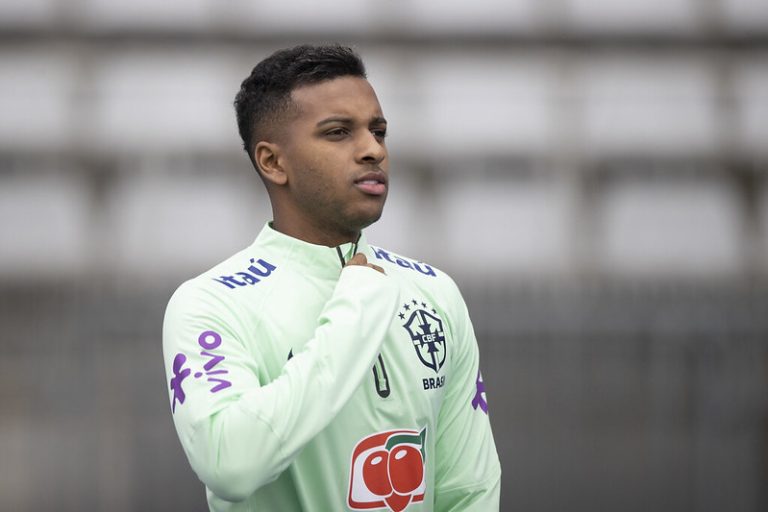Football players from top European clubs, including some Brazilians, are facing a growing wave of thefts and burglaries in their residences, carried out by highly sophisticated criminal groups.
According to a survey conducted by the GloboEsporte website, since December 2018, more than 50 cases have been reported, involving athletes from renowned clubs such as Paris Saint-Germain (PSG), Barcelona, Real Madrid, and Manchester City.
Among these incidents, Brazilians represent the majority, totaling 17 cases with 16 different players.
READ MORE
++ CIES: Two Brazilians in the ranking of the most loyal footballers
++ Fabrizio Romano: Manchester City ‘tie up’ Sávio signing
++ João Pedro attracts interest from the Big-Six: Chelsea, Arsenal and Liverpool are following him closely
Security of European football stars under threat
The survey conducted by ge highlighted over 50 incidents since December 2018, with Brazilians leading the statistics, totaling 17 cases with 16 different players;
Few cases have been resolved by the police authorities, leaving players and their families in constant concern for their safety;
The theft of valuable items such as money, jewelry, and luxury cars is an alarming reality, with some players suffering significant financial losses.
Security measures and impact on players’ lives
The affected players have been implementing various measures to ensure the safety of their families and properties.
However, even with precautions such as installing security cameras and hiring private security guards, the recurrence of these incidents remains a constant threat.
Players like Joelinton and Luan Peres have reinforced the security of their residences by installing cameras and alarms after being victims of theft.
The case of Kaio Jorge illustrates the seriousness of the situation, with the player choosing to vacate his house after the robbery, showing the emotional impact and lack of trust in security.
Police inefficiency and case resolution
Despite the efforts of authorities, resolving cases remains a critical issue, with few reported advancements in investigations. The lack of tangible results has left players and their families unsupported and vulnerable.
The low rate of case resolution, as exemplified by Thiago Silva’s robbery in 2018 where none of his belongings were recovered, highlights flaws in the security system and law enforcement.
The secrecy surrounding investigations, as seen in cases involving PSG players, raises questions about the transparency and effectiveness of authorities in solving these crimes.
Need for collective actions and greater institutional support
Given the seriousness and recurrence of these incidents, there is an urgent need for collective measures and greater institutional support to ensure the safety of players and their families.
This may include collaboration between clubs, police authorities, and sports organizations to implement effective strategies for preventing and responding to these crimes.
It is essential for police authorities to intensify investigative efforts and international collaboration to identify and punish those responsible for these criminal acts.
Clubs and sports organizations should provide adequate support and resources to help affected players cope with the physical, emotional, and financial consequences of these incidents.
How does the gang operate?
Most victims do not recover their belongings, leading many to adopt additional security measures to protect their families;
Attacks usually occur when players are away from home, whether on leisure trips, work-related travels, or during games;
Criminals have been able to bypass sophisticated security systems, as in the case of player Kaio Jorge, whose residence in Italy was targeted for theft despite being fortified.
Players like Rodrygo and Rodinei had their homes invaded while they were professionally active, indicating possible monitoring of social media to identify opportune moments for robberies.



